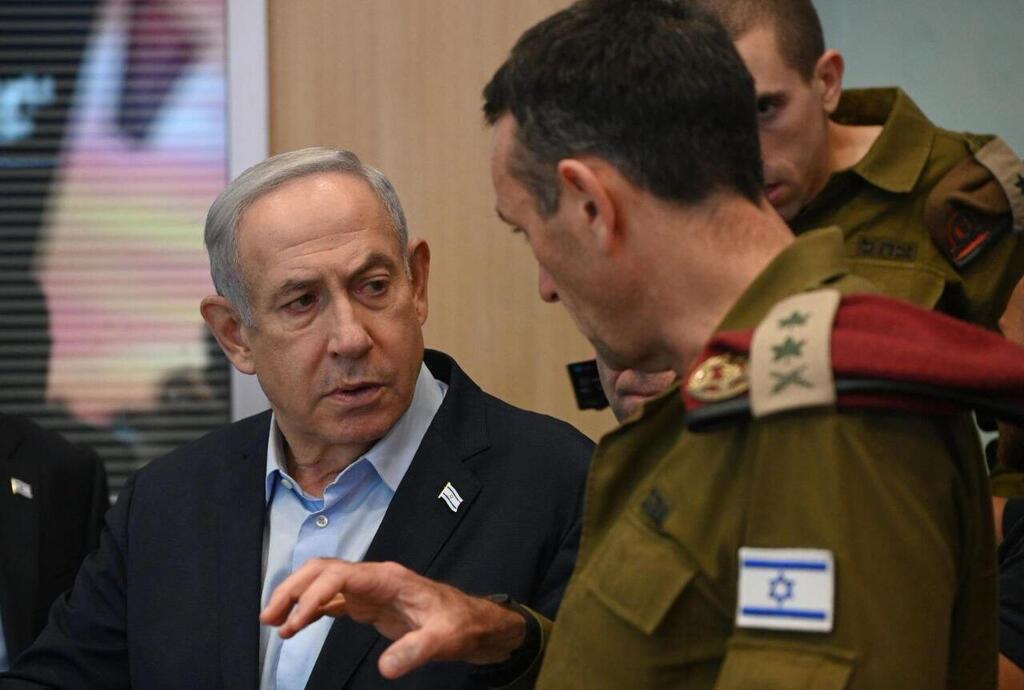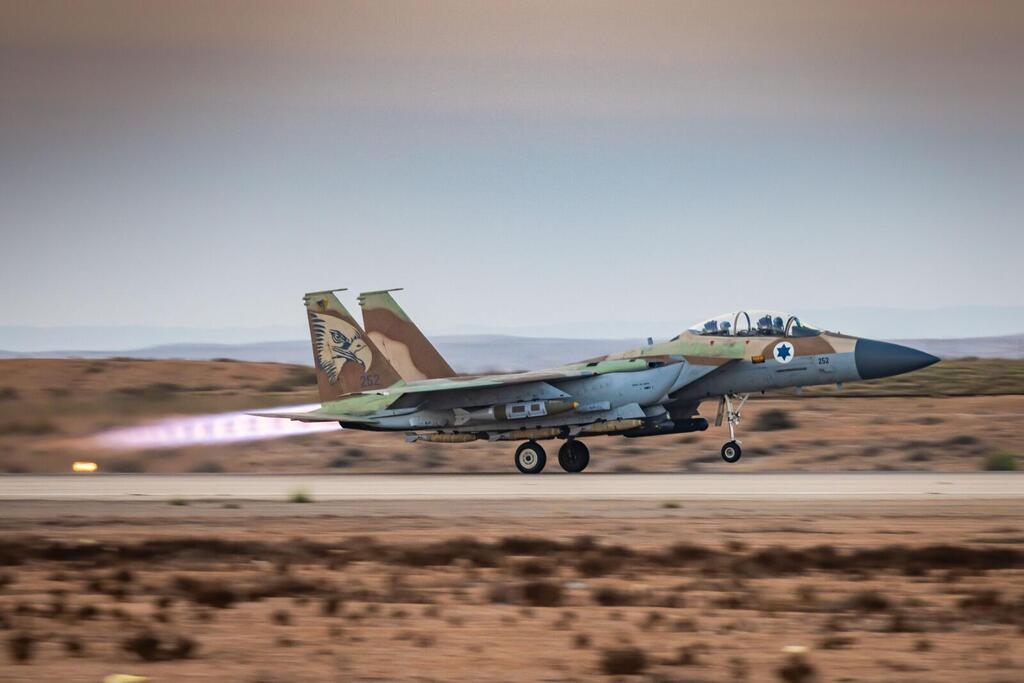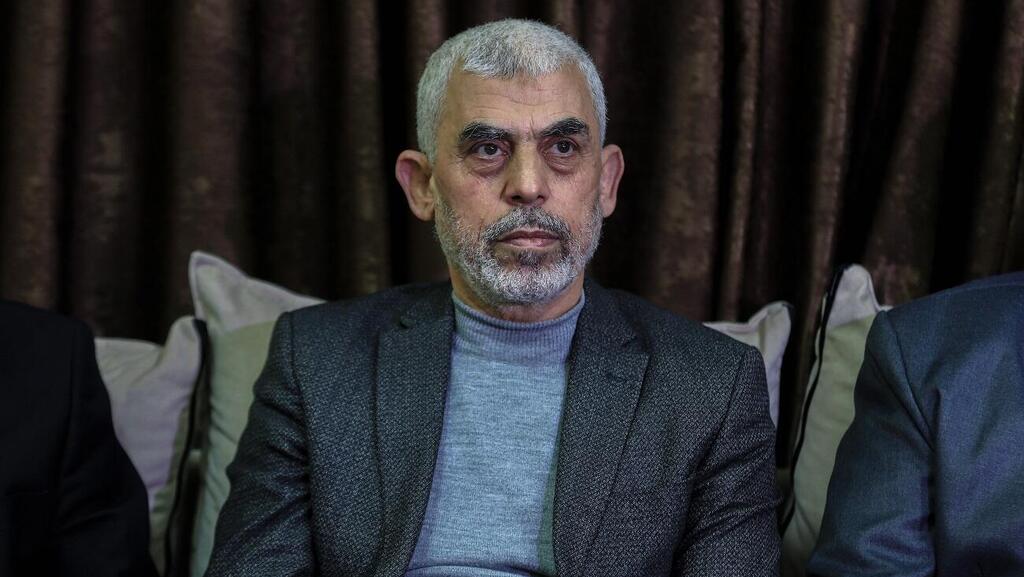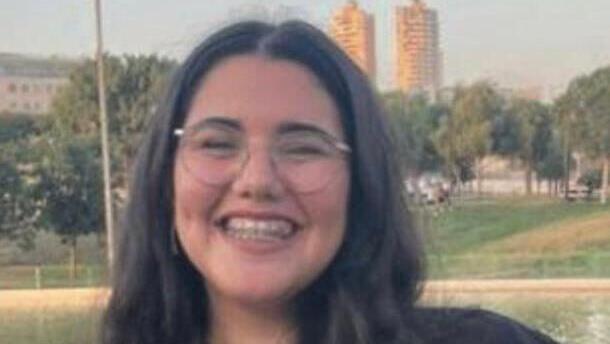More and more Israeli families are becoming bereaved families as the fighting in Gaza continues. Three weeks into the ground offensive, 66 IDF soldiers have been killed in clashes and operations in the Strip as of Monday. These are our finest sons, and the entire country salutes them.
More stories:
Through the IDF’s somber announcements, the Israeli public understands that, in recent days, the battles have become even more challenging: Hamas terrorists don’t flee from decisive clashes in Zeitoun and Jabaliya, taking advantage of their familiarity with the terrain. Therefore, the fighting likely won’t decrease in intensity in the coming days unless a cease-fire comes into effect and, precisely for that reason, Israel mustn’t rush: the IDF’s slow and cautious operation reduces risk to soldiers.
The depth of the operation in Gaza raises important questions regarding the extent of support provided to troops by aerial and artillery forces, tools that give combat soldiers an advantage even before one of them crosses the border. According to the Air Force, coordination with ground units has been carried out on an unprecedented scale since the start of the offensive.
By comparison, when Golani Brigade soldiers got into trouble in Shuja'iyya during Operation Protective Edge, then-Air Force Commander Maj. Gen. (res.) Amir Eshel gave exceptional permission for planes to approach and drop bombs within a range of up to 110 meters from ground forces. On Sunday, in Zeitoun, the Air Force assisted troops in distress, and bombs were dropped at a distance of 80 meters from the force. A senior officer in the Air Force claims that this is the shortest distance a bomb was ever dropped close to Israeli forces. The same officer also says that every request for assistance from the IDF Southern Command has been answered.
It’s reasonable to assume these things are true, and there is no doubt that the Air Force has proven its strategic importance and exceptional quality since October 7. Nevertheless, based on the results and the videos coming out of Gaza, one might wonder if there was room for more meaningful early action.
At the beginning of the offensive, the Air Force’s actions in Gaza made residents of central Israel understand the kind of chaos that took place in the Strip. Now, explosions are barely heard, and the fact is that the early actions against Jabaliya, Zeitoun, and other combat centers should have been even more significant, even if we accept the Air Force and Southern Command’s version of events in full.
Israel has the legitimacy to attack fiercely after such a horrible massacre took place inside of the country, and also in order to minimize the necessary damage to our forces.
On Sunday, the IDF Spokesperson’s Unit published a photo in which the IDF Chief of Staff and the Southern Command’s commanding officer were seen looking over maps as part of approving plans to continue the fighting in Gaza. As reported on Ynet, the order to advance to the southern part of the Strip starting with Khan Yunis has to reach troops on the ground.
Therefore, the IDF Spokesperson’s Unit publication needs to be analyzed in the context that has to do with the entire operation in Gaza: developments in the prisoner exchange deal, which were reported in several media outlets.
Israel confirmed that Hamas’ leader Yahya Sinwar has returned to the negotiation table after cutting contact with Qatari mediators. The War Cabinet was updated on the supposed progress, which, according to Israeli officials, is supposed to enable the release of all Israeli women and children in Hamas captivity. In return, Israel will release a number of female Palestinian prisoners and minors from prisons, along with a temporary pause in fighting for a few days. The IDF clarified they will be able to resume the mission following the pause.
However, it should be reiterated that Hamas is no conventional foe. It is a bitter and ruthless enemy. The concern, shared by some officials, is that Sinwar will gain the breathing space he desperately needs and divide the deal into several stages. Other than the chaos that will be unfolding in Israeli society in those days, it should be questioned whether the IDF can continue the war with the same intensity as before, and if it wouldn’t be better to pressure Sinwar in Khan Yunis to allow the release of more captives.
Concern for their well-being is not absent from the minds of everyone in Israel, and the information revealed by the IDF Spokesperson’s Unit on Sunday about the fate of Corporal Noa Marciano, who was murdered in the Al Shifa hospital by terrorists, only bolsters the public’s aversion of these war criminals who took Israeli infants captive. Nevertheless, the deal in its current state poses a threat to the ability to change the current reality in Gaza.
In IDF Spokesperson Rear Admiral Daniel Hagari’s briefing, it was revealed to what extent the Al Shifa Hospital served a Hamas command center, including on the day of the massacre itself. "The cameras documented armed terrorists leading kidnapped IDF soldiers from Israeli territory by force," explained Hagari.
Israeli military vehicles were found near the hospital. The pathological report on Cpl. Marciano, which determined she was only injured in an IDF strike and was later murdered inside the hospital, led Hagari to assert that "Al Shifa Hospital in Gaza, a place that should preserve the sanctity of life, was used by Hamas for murder."
These are crucial revelations for use on the international front, where renewed pressure is likely to demand to increase in humanitarian aid and also use the prisoner exchange deal as a platform to cease the entire war.
Meanwhile, the war’s multi-front aspect has been expanding to the maritime domain. Yemen’s Houthi rebels hijacked an Israeli-leased cargo ship (no Israelis were on board) on Sunday and announced that similar ships would be forced to circumvent the entire African coastline to reach Eilat (and vice versa) as long as the "hostilities" in Gaza continue. This is a development with far-reaching implications for the maritime world, requiring Israel to stop sitting on the fence and respond.
Defense Minister Yoav Gallant also said Sunday that in recent days, Israel has seen a "growing trend in Iran to intensify attacks against Israel through proxies in Iraq, Syria and Yemen. We’re monitoring the situation and will know how to act in a timely, appropriate and powerful manner."
These developments coincide with Hezbollah's uninterrupted aggression against Israel: Over 1,000 rockets were fired from Lebanon against Israeli targets and, in response, it was claimed that Hezbollah pays a heavy price. However, as long as the terror organization’s elite Radwan forces remain entrenched on the northern border, this may not be enough.







